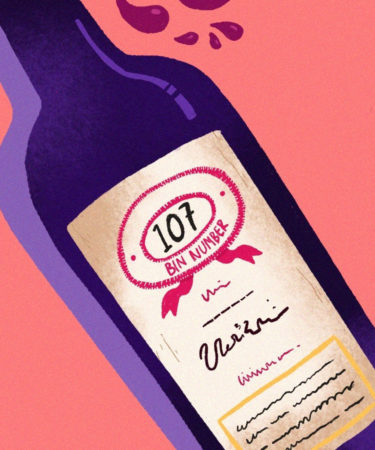Bin numbers on wines don’t have as much significance now as they once did, but a long time ago, before bottles had labels, a bin number literally represented the bin that a certain wine could be found stored in a cellar before it was sold. Large lots of wine, whether in bottle, barrel, or other large format, were stored in bins, or in specific areas of the cellar, and the corresponding number was recorded in the winery or restaurant inventory book in order to ensure that when the wine was sold, the correct wine left the cellar.
In modern times, some restaurants choose to list the bin number next to some of the higher-end and most expensive wines on their lists to harken back to this time, and also to help the sommelier find the bottle when they head to the cellar to retrieve it for the customer.
Additionally, many of Australia’s well-known producers also choose to list a bin number on the label of some of their top tier wines; Penfolds is one such producer that is famous for this practice. At this point, that listing is more for marketing and nostalgia than anything else. It’s a nice way to name a wine, while also paying homage to the past.
